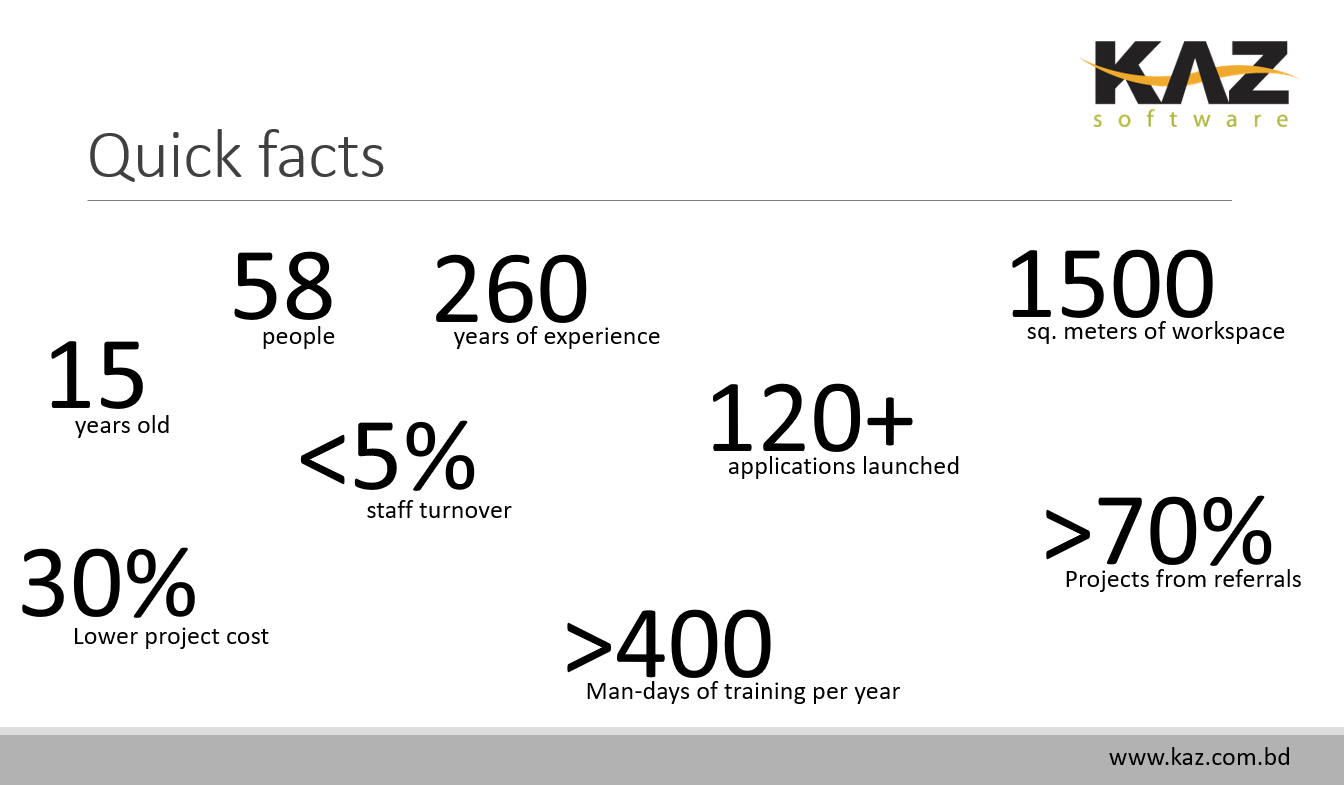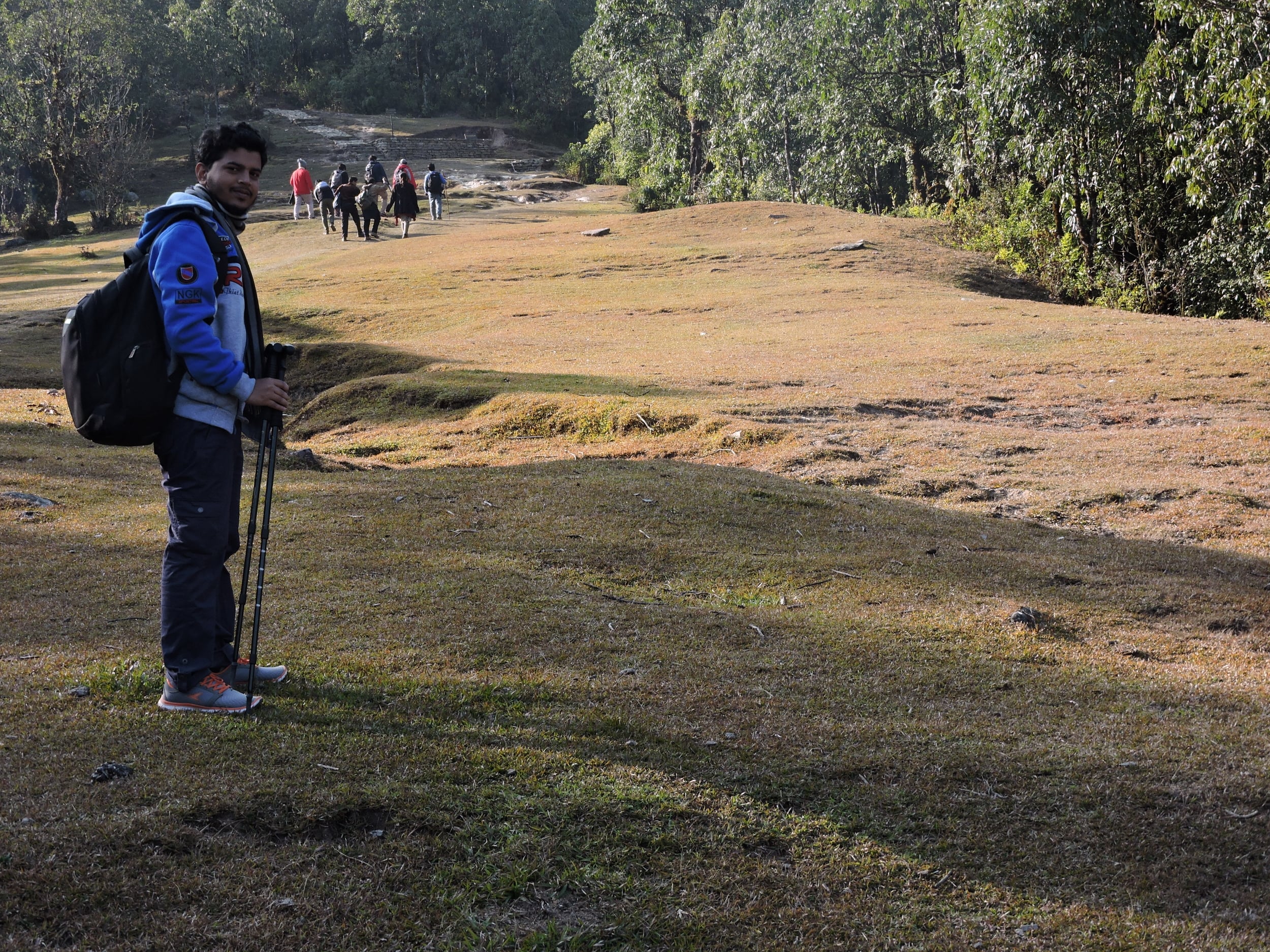Software projects are different from many other projects where a physical product is built. And hence there are some issues that a software development contract should address that are not very common is other contracts. Yes, like other contracts there would the usual suspects like commitments, warranties, liability, etc. But here are five not so common ones that our experience says are essential for a software contract.
1. Initiation Period
This allows both sides to disengage easily for a limited period of time after the start. This is essential because only when a project is started does it become apparent if the relationship is a workable one. A great software company with perfect skill set, gold plated credentials may turn out to be very bad at communicating ,for example. Similarly for a software company it may turn out that the client just can't agree on technology choices. Whatever it is, if there is no fit the project will fail or the process will be painful. This lack of fit becomes quite obvious very quickly. So the contract needs to take this risk into account.
Here is clause we commonly have in our contracts to cover for this initial period:
"The Parties agree that they shall commence the engagement with an initiation phase of six calendar weeks, commencing on the Effective Date of December 1, 3001. Acme inc. will provide services during the initiation phase, and BigShot inc. shall be liable for payment for such services. During the initiation phase, this agreement may be terminated with one calendar week’s notice; at the end of the initiation phase, the agreement shall enter into ..."
2. Change Requests
A software product is a moving target. You can have the world's best specification when you start but you'll end up with a software that is slightly different when you finish. This is normal. This is the way it should be. Because as the software interfaces are being built new requirements arise or old requirements change or die out. If development stays rigid and doesn't listen to these change requests the resulting software will not be good. So "embrace change" is the way to go. But, how do you setup a contract to cover this risk?
There is no single answer that fits all size. How you address this in the contract depends very much on the project. If the specification, for a project, is very good and detailed a wording that allows a certain percentage of change may work nice. Here is an example:
... up to and including between 5 and 10% changes in any Work Product, order, and other goods and services that Acme inc. produces or designs under this Agreement at no additional cost...
If the spec is not that clear then the above wording would be disastrous! Here is an example that just might work in those cases (this is what we have used in some projects):
"...If the proposed change will, in the Developer's reasonable opinion, require a delay in the delivery of the Software or result in additional expense, then the Customer and the Developer shall confer to first determine whether the request is a Change Request or an Additional Feature Request. Where it is agreed that the request is a Change Request, the Customer may in that case elect to either
(a) Withdraw its proposed change, or
(b) Require the Developer to deliver the Software with the proposed change, subject to the delay or additional expense or both..."
3. Software IP
This is an obvious one. So I won't spend time on this, but just mention something that sometimes is missed or not considered. In many projects the software developer might use a library or a component that it has built as a re-usable tool to be used over and over on client projects. The IP for such components belong to the developer but the contract wording should allow the customer to use it royalty free. Here is template that works nicely:
"...To the extent that developer uses any developer IP when providing Work Product for customer under this Agreement, developer grants customer a perpetual, irrevocable, royalty-free, non-exclusive license to perform, display, use, reproduce, modify, and adapt the developer IP, in any medium or form of communication now existing or hereafter developed, within the Work Product..."
4. Non-Competition
An inherent risk of employing a software development company to develop software is that they might also be hired in the future by a competitor or even worse make the software themselves. The contract needs to address this risk clearly with a non-competition wording somewhere. Here is an example:
"..for a period of x years after the termination of this contract the developer shall not develop, reproduce, promote, distribute, market, license or sell any product or service that competes directly with the Work Product provided to customer, nor shall the developer enable any third party to compete directly with customer..."
5. Hiring Resources
The team that builds the software becomes experts of the system. If the software project becomes very successful the customer may want to retain certain members of the team. The software development company would obviously be worried about this. So this need to be clarified right from the beginning in the contract. Software resources are precious, so this is a delicate situation and finding the right balance is difficult. Here is a wording that is pretty fair:
"...customer may request developer to place named team members as direct customer employees, with the express prior written consent of developer. Developer shall be entitled to compensation for placement of such employees; the relevant compensation shall be discussed and agreed prior to any discussion of such placement with the employees concerned..."
Disclaimer: I am not a lawyer. You should always seek professional legal advice when you are setting up a contract.
As usual, I'll finish with a stolen cartoon from Dilbert. But to give something small back, have you read Scott's book "How to Fail at Almost Everything and Still Win Big: Kind of the Story of My Life"? If you haven't you should. Really good stuff.







































